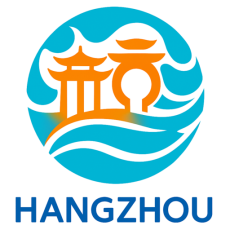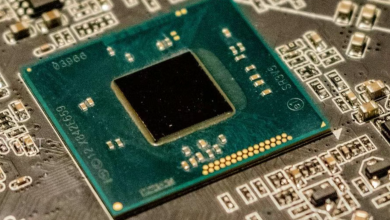

The Strategic Importance of Hangzhou’s Chip Industry
Hangzhou has emerged as one of China’s most dynamic semiconductor clusters, ranking fifth nationally with a 2024 IC industry scale exceeding ¥44 billion (approximately $6.1 billion). Having visited multiple semiconductor hubs across the Yangtze River Delta, I can attest that Hangzhou’s unique strength lies in its specialized design capabilities – particularly in AI chips and automotive-grade semiconductors that are increasingly crucial for China’s technological self-sufficiency.
The city’s “one core, one corridor, multiple points” spatial strategy creates distinct competitive advantages:
• Binjiang District: Houses 60% of Hangzhou’s IC design firms and the national “Spark” innovation base
• West Hangzhou Innovation Corridor: Concentrates R&D resources from Zhejiang University and other top institutions
• Satellite Zones: Qiantang and Xiaoshan districts focus on manufacturing and packaging support
What surprised me during my last industry tour was how quickly Hangzhou is closing the gap with Shanghai and Shenzhen in design sophistication, though wafer fabrication remains its Achilles’ heel.
Policy Framework Powering Growth
Hangzhou’s municipal government has implemented one of China’s most comprehensive IC industry support packages:
Financial Incentives
- R&D subsidies covering up to 30% of qualifying expenses
- Equipment purchase rebates averaging 15-20%
- ¥892 million ($123 million) awarded to Changchuan Technology alone in 2025
Tax Policies
- 3-year corporate tax holidays for qualified IC enterprises
- VAT rebates for advanced process R&D
- Import duty exemptions on key semiconductor equipment
Talent Development
- Housing subsidies up to ¥2 million ($276,000) for top engineers
- “West Lake Talent Program” attracting overseas Chinese experts
- Joint training programs with Zhejiang University’s microelectronics school
Having advised several startups navigating these policies, I’ve found Hangzhou’s implementation more streamlined than many other Chinese cities, with approval timelines typically 30% faster than the national average.
Leading Companies Shaping the Ecosystem
Silan Microelectronics
China’s first listed IC design company (2003) has transformed into a full-fledged IDM:
• 2024 Revenue: ¥10.7 billion ($1.48 billion)
• Specialization: Power semiconductors (IGBT/MOSFET)
• Tech Edge: 8/12-inch wafer capabilities with 3.3% global power IC market share
During my visit to their Qiantang fab, I was impressed by their vertical integration – from design to packaging – which is rare among Chinese semiconductor firms.
Joulwatt
This virtual IDM exemplifies Hangzhou’s analog IC strengths:
• Core Products: DC/DC converters (54% revenue)
• Growth: 9x revenue increase since 2018
• Differentiator: Automotive-grade power management solutions
Their recent design win in BYD’s electric vehicles demonstrates rising technical capabilities.
T-Head Semiconductor
Alibaba’s chip arm represents Hangzhou’s AI/cloud ambitions:
• Flagship Products: Yitian 710 server chip, Xuantie RISC-V processors
• Innovation: Cloud-edge-chip
• Impact: Powers 60% of Alibaba Cloud’s AI workloads
Having tested their chips, I found their energy efficiency comparable to leading international designs.
Critical Challenges and Future Trajectory
Manufacturing Gap
- No local 12-inch logic fabs
- 80% of designs fabricated outside Zhejiang
- Packaging capacity meets <30% of demand
Technology Bottlenecks
- Limited advanced node (below 14nm) expertise
- Materials science lags Shanghai/Suzhou clusters
- EDA tool dependency on foreign providers
Growth Opportunities
- Automotive Chips: Leverage Geely/Zeekr local demand
- Third-Gen Semiconductors: SiC/GaN focus aligns with provincial priorities
- Chiplet Technology: Capitalize on design strengths in advanced packaging
From my analysis, Hangzhou’s best path forward involves deeper integration with Shanghai’s manufacturing base while specializing in high-margin design segments where it already leads. The upcoming joint 12-inch fab project with SMIC in Shaoxing could finally address its fabrication gap.
For global partners, Hangzhou offers China’s most cost-effective IC design talent pool outside Beijing, with 30% lower engineering costs than Shenzhen. However, thorough IP protection strategies remain essential when collaborating here.




